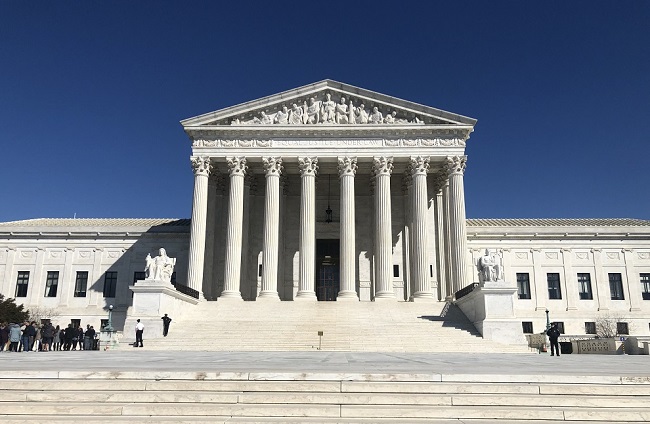
Brief Summary of the Public Charge Rule
On Monday, the U.S. Supreme Court announced that it will hear a case involving the Trump-era policy referred to as “the Public Charge Rule”. Despite the fact that the Biden administration has already signaled its intent to eliminate the policy, the Court has decided to review and rule on its constitutionality. This is important because even if the rule is eventually reversed or eliminated by the current administration, a favorable ruling from the Supreme Court could make it easier for future, potentially anti-immigrant administrations, to restore it.
The public charge ground of inadmissibility has been a part of the U.S. immigration law for more than a century. A foreign national who is deemed likely at any time to become a public charge is generally inadmissible to the United States and ineligible to become a lawful permanent resident. Thus, in order to qualify for “green card”, or lawful permanent resident, status, individuals must demonstrate that they will likely not become incapable of supporting themselves financially in the future.
Under the Trump administration, the requirements for overcoming the public charge bar to admissibility were dramatically increased by making it harder for low- and moderate-income immigrants to prove they are not at risk of using certain public benefits in the future. Widespread media coverage of the changes, combined with the Trump administration’s negative rhetoric targeting immigrants and their families, caused fear and uncertainty within immigrant communities and resulted in, among other things, a drastic reduction in applications for essential public benefits including Medicaid, food stamps, and social security benefits. Low income immigrant populations in the U.S. already particularly vulnerable to the vicissitudes of daily life “physical and financial” during a time of pandemic and recession were placed in even greater jeopardy.
One year ago, the Supreme Court allowed the public charge rule to take effect, as the Covid-19 epidemic began, over the objections of immigrant advocates who foresaw that it would result in a steep drop in participation in federal safety net programs among immigrants who feared losing their legal status. Regardless of the fact that the rule does not apply to all categories of green card applicants, misleading information from many media outlets combined with an absence of educational resources for immigrant communities resulted in a foreseeable decline in applications and disastrous negative impacts on those most in need.
On February 2, 2021, President Biden signed an executive order directing federal agencies to review the public charge rule over the following 60 days. As of today, nothing has changed. The public charge rule is in effect in most jurisdictions and applicants for lawful residence in the U.S. are still required to comply with the policy. The Department of Homeland Security can still apply the public charge rule for cases decided within the United States . The health and well-being of under-served immigrant communities in the United States will be greatly impacted, for better or worse, by the Supreme Court’s review and conclusions on this critical piece of U.S. immigration policy and adjudication. Continue to follow us for the most recent news and updates on constitutional challenges to the Public Charge Rule.